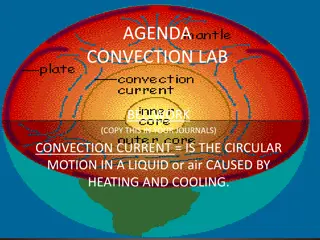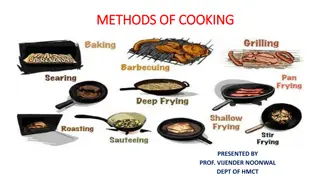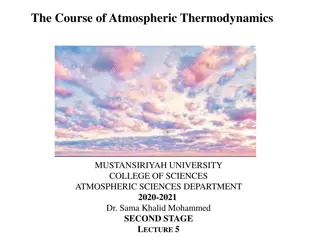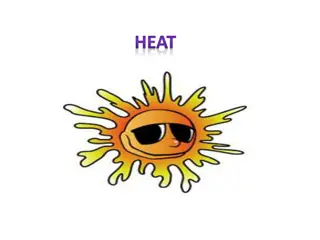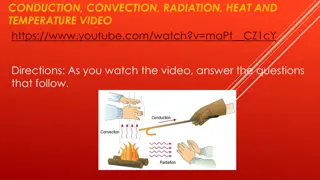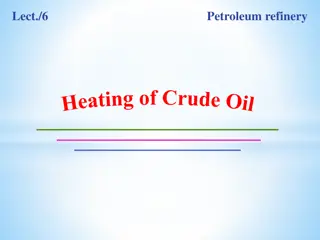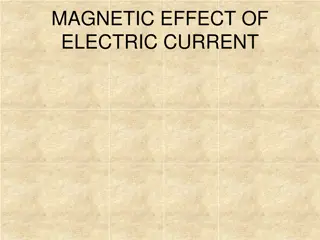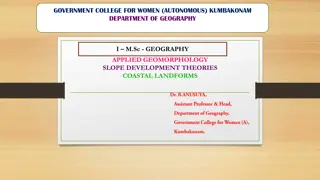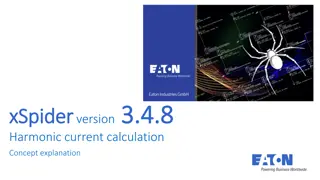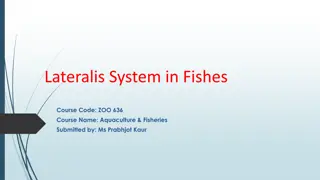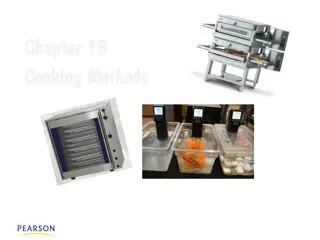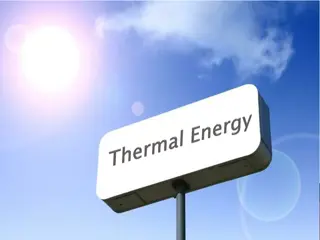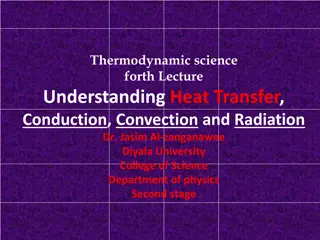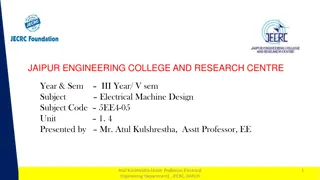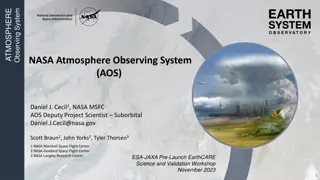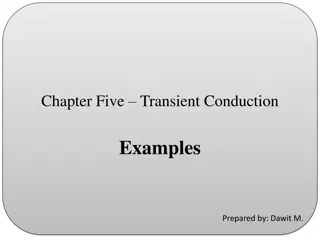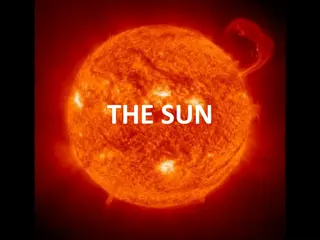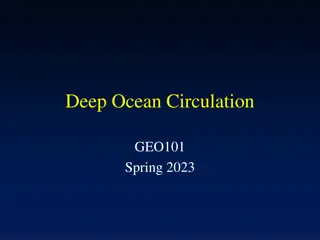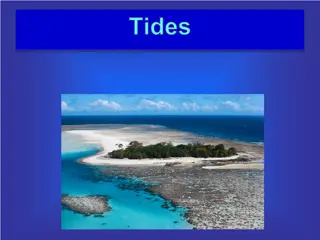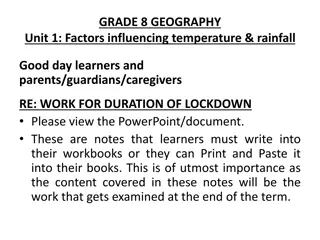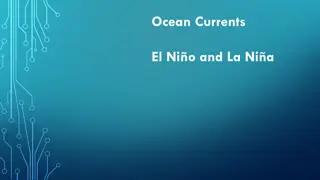Understanding Convection Currents in Earth's Systems
Convection currents refer to the movement of heat by fluids like liquids and gases, transferring heat from one place to another. They play a significant role in the geosphere, atmosphere, and hydrosphere of the Earth, influencing phenomena such as plate tectonics, winds, and ocean currents. In the geosphere, convection occurs due to differences in fluid density related to temperature, affecting processes like plate movements and mantle convection. Atmospheric convection involves the transport of heat energy through gases, impacting weather patterns. Within the hydrosphere, ocean currents are driven by convection processes, influencing marine ecosystems and climate regulation.
Download Presentation

Please find below an Image/Link to download the presentation.
The content on the website is provided AS IS for your information and personal use only. It may not be sold, licensed, or shared on other websites without obtaining consent from the author. Download presentation by click this link. If you encounter any issues during the download, it is possible that the publisher has removed the file from their server.
E N D
Presentation Transcript
Before continuing, brainstorm and write down what you think convection currents are...
The movement of heat by a liquid or gas. The liquid or gas moves from one location to another, carrying heat along with it. This movement of a mass of heated liquid or gas is called a current. Convection Convection
Currents in the Earths Currents in the Earth s System System Convection currents occur within: The geosphere- Plate tectonics The atmosphere- Wind The hydrosphere- Ocean currents
Now write down what you think occurs in geosphere, atmosphere, and hydrosphere convection.
Geosphere Convection Geosphere Convection Convection occurs because the density of a fluid is related to its temperature. Hot rocks lower in the mantle are less dense than their cooler counterparts above. The hot rock rises and the cooler rock sinks due to gravity. Large convection systems in the mantle may carry along the plates of the lithosphere like a conveyer belt. Video Link: http://youtu.be/ryrXAGY1dmE
Plate Tectonics Plate Tectonics The earth s plates are pulled apart by the convection currents.
Atmospheric Convection Atmospheric Convection Process in which heat energy is transported through a medium, usually a gas or liquid.
Air current Air current The heat that comes from the sun causes the currents of air to move. This happens because the sun heats the earth s surface causing the air near the surface to get warmer. The air molecules move further away from each other making the warm air less dense which causes it to rise. As it rises, the air begins to cool and then sinks back towards the surface.
Wind Wind The horizontal air flow in a convective current is wind. When two surfaces are heated unequally, they heat the overlying air unevenly. The warmer air expands and becomes lighter or less dense than the cool air. The more dense, cool air is drawn to the ground by its greater gravitational force lifting or forcing the warm air upward. The rising air spreads and cools, eventually descending to complete the convective circulation. As long as the uneven heating persists, convection maintains a continuous convective current.
Hydrosphere convection Hydrosphere convection Convection in the hydrosphere circulates water, keeping the temperature gradients of the ocean stable.
Were you right? How much did you know? Share your thoughts with the class. See how much everyone else knew!


